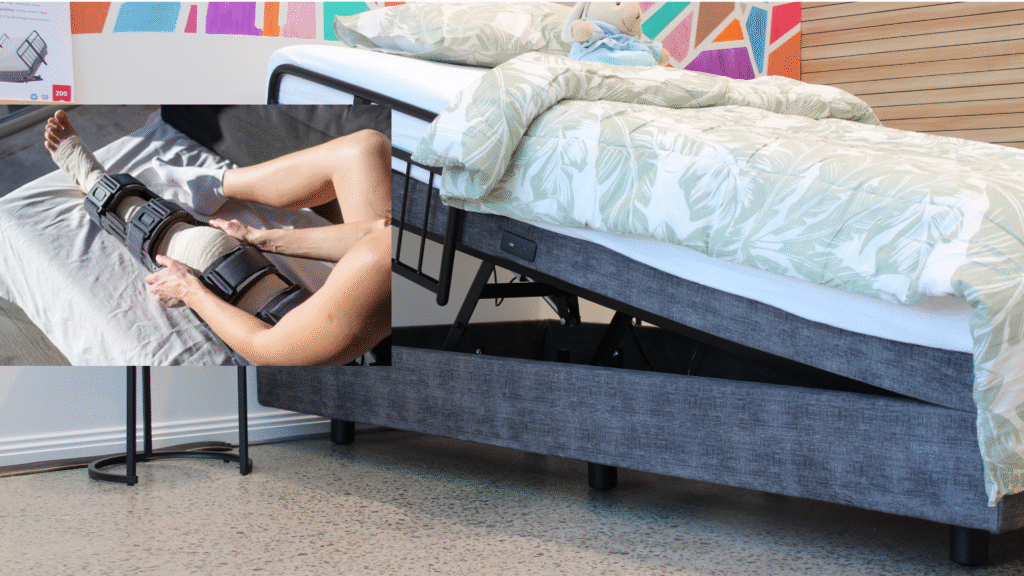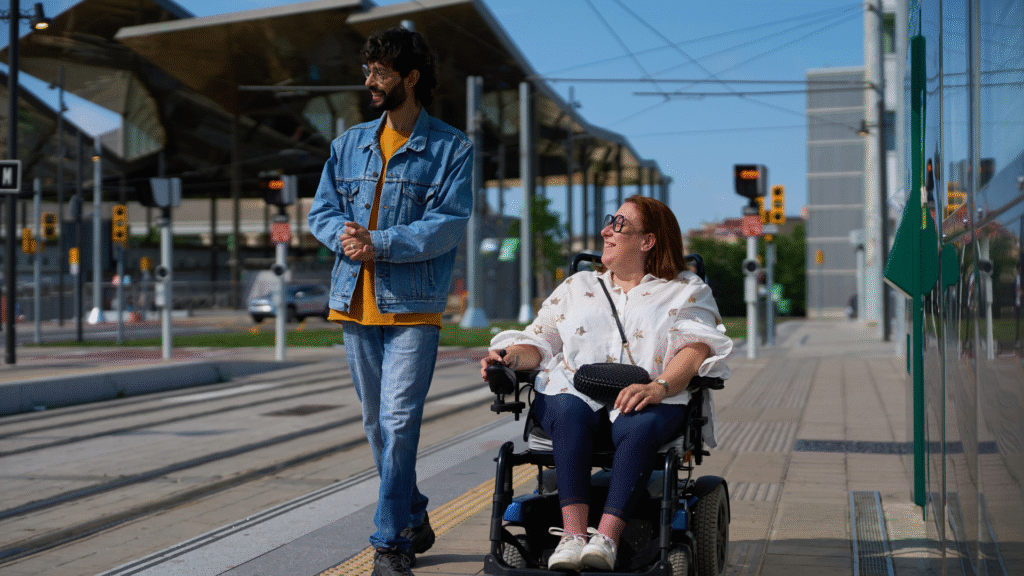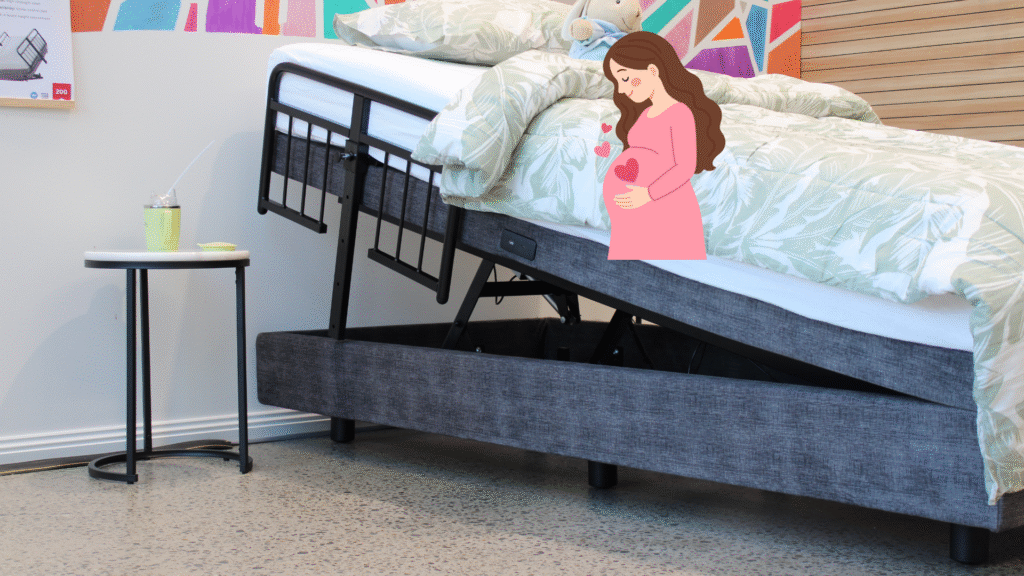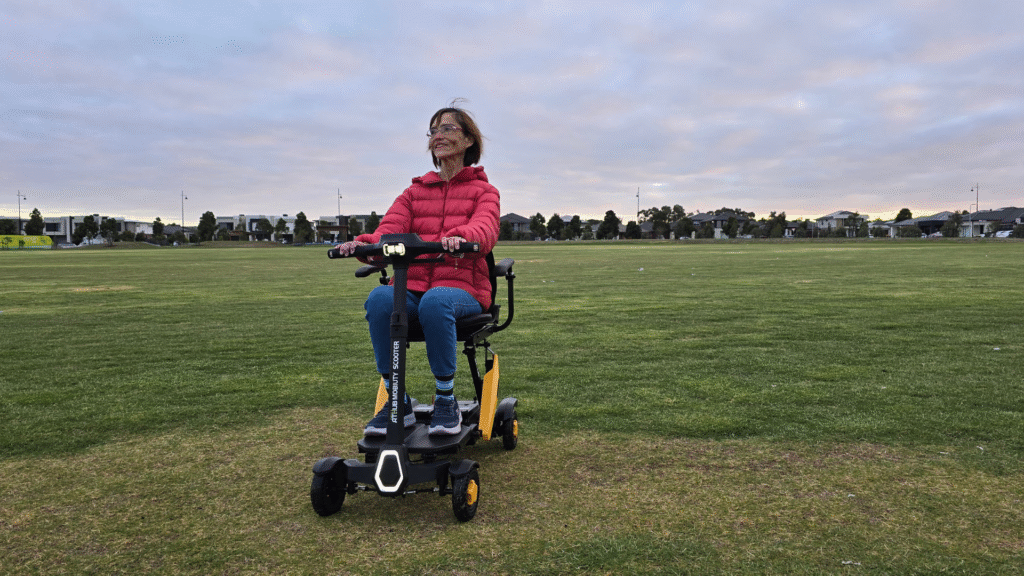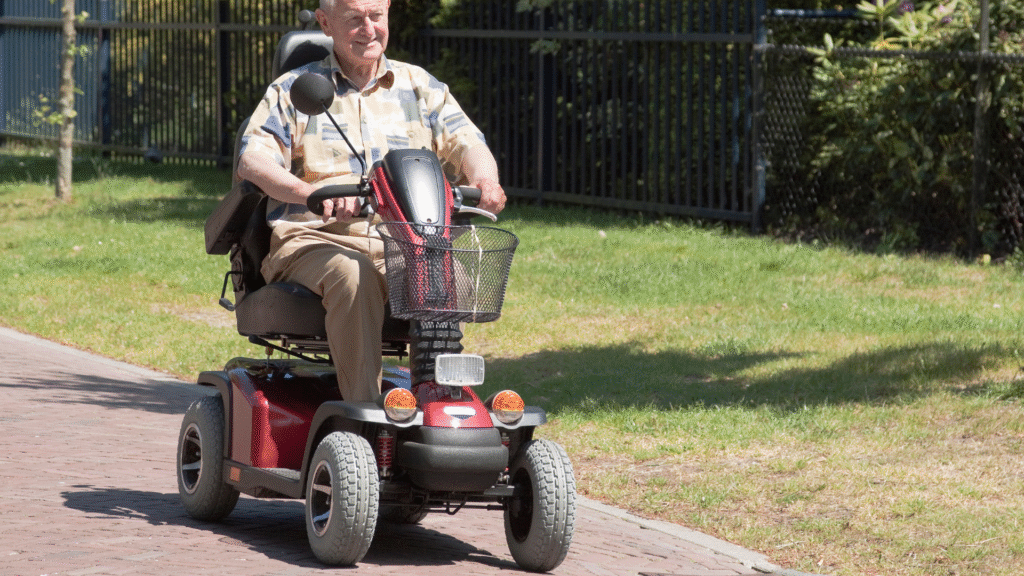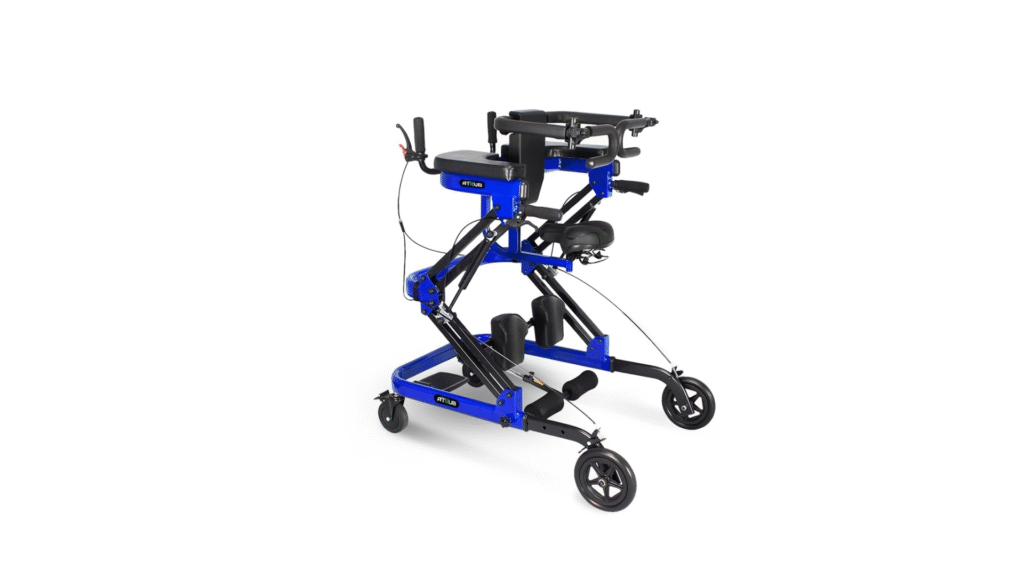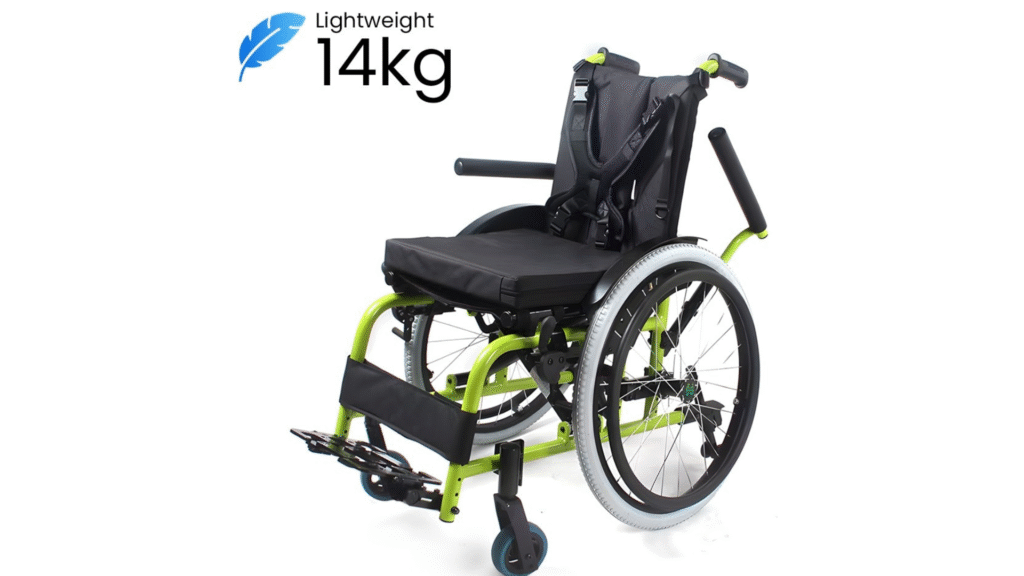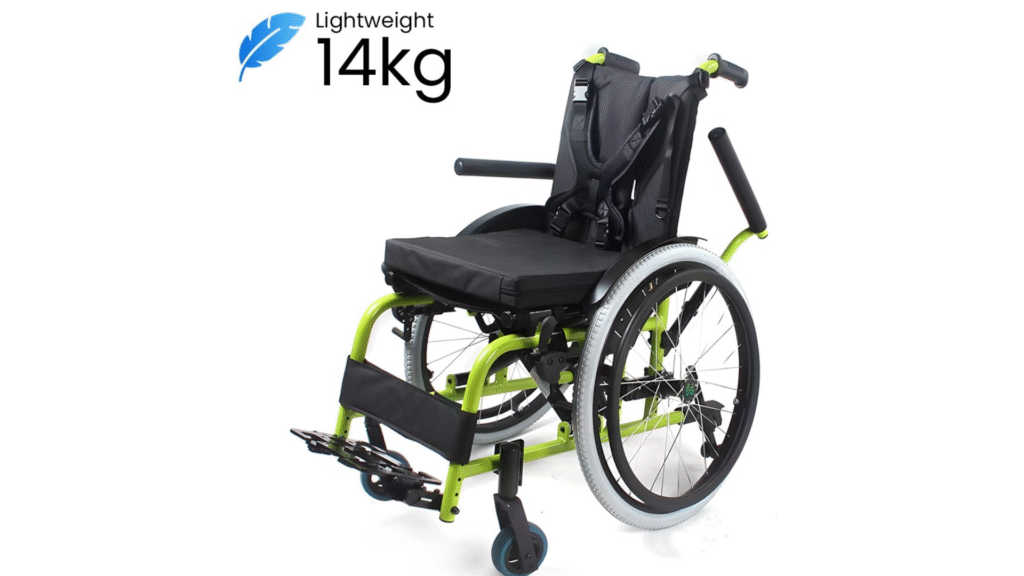Recovering After Surgery: How a Hi-Lo Bed Can Help Your Healing Process
Recovering from surgery requires patience, comfort, and the right equipment to support your healing journey. One of the most effective tools for post-surgical recovery is a Hi-Lo Bed for Surgery Recovery — designed to make rest, movement, and care more manageable. Whether you’re healing at home or in a care facility, understanding how this adjustable bed works can make a huge difference in your comfort and safety. What Is a Hi-Lo Bed and How Does It Work? A Hi-Lo bed is an adjustable hospital-style bed that allows you to raise or lower the bed’s height and backrest with ease. It’s especially beneficial for patients who need to maintain specific postures or who experience mobility challenges after surgery. Unlike standard beds, Hi-Lo beds help reduce pressure, improve circulation, and make it easier for both patients and carers to perform transfers or repositioning safely. Why a Hi-Lo Bed Supports Faster and Safer Healing Reducing Strain on the Body After surgery, getting in and out of bed can be painful and risky. A Hi-Lo bed minimizes strain on incisions and joints by allowing height and angle adjustments, helping you maintain proper alignment during recovery. Enhancing Comfort with Adjustable Positions You can elevate your back, legs, or both to find a comfortable resting position — especially helpful after orthopaedic, cardiac, or abdominal surgeries. This feature also aids in reducing swelling and improving lung expansion for better healing. Improving Circulation and Breathing Keeping your body in an optimal position promotes better blood flow and oxygenation. This reduces the risk of bedsores and enhances recovery outcomes — a key consideration for people under NDIS assistive technology funding. Supporting Independence and Mobility Hi-Lo beds empower patients to move with minimal help, promoting independence and dignity. For caregivers, it also lessens the physical effort required during care routines. Common Surgeries Where Hi-Lo Beds Are Beneficial Orthopaedic Surgery (Hip, Knee, Spine) Patients recovering from joint replacements or spinal operations benefit greatly from adjustable height and recline, reducing pain and preventing strain on healing tissues. Abdominal and Cardiac Surgery Hi-Lo beds support semi-upright positions that reduce tension on surgical sites, ease breathing, and help prevent complications like pneumonia. Post-Caesarean Recovery For mothers recovering from C-sections, Hi-Lo beds offer gentle mobility assistance for safe transfers and breastfeeding comfort. Read more on Hi-Lo Beds for Pregnant Women to understand how they can support both pregnancy and postpartum recovery. Key Features of Hi-Lo Beds That Aid Recovery Height adjustment for easy transfers and caregiver support Backrest and leg elevation to relieve pain and improve comfort Lockable wheels for stability and safety Side rails to prevent falls and improve security Pressure-relieving mattress compatibility for long-term recovery For additional guidance, explore A Complete Guide to Using a Hi-Lo Bed for Elderly Care to see how similar features enhance safety for seniors and post-surgery patients alike. Tips for Using a Hi-Lo Bed Safely After Surgery Always follow your doctor’s or physiotherapist’s advice on positioning. Adjust the bed height before standing up to reduce dizziness or imbalance. Use side rails or handles for stability during transfers. Keep essential items like your phone or medication within arm’s reach. Regularly check that the bed’s power cord and control remote are in good condition. For more pre-purchase advice, see our Step-by-Step Checklist Before Buying Any Assistive Technology. Where to Get Hi-Lo Beds in Australia You can explore high-quality, recovery-friendly Hi-Lo beds at the Assistive Tech Hub Store — offering options designed for both comfort and medical precision. We also provide free in-home trials and NDIS-compliant equipmentto help you choose what fits your recovery needs best. If you need personal advice or have questions about NDIS or aged care funding, Contact Us for friendly guidance. Conclusion: Making Recovery Easier and Safer with the Right Bed Recovering after surgery doesn’t have to be uncomfortable or stressful. With a Hi-Lo bed, you can rest safely, move comfortably, and regain independence faster. Choosing the right equipment ensures not only physical recovery but also peace of mind for both patients and carers. Take your next step toward safer healing — browse our adjustable Hi-Lo bed collection or speak to our experts todayfor personalised support.
Recovering After Surgery: How a Hi-Lo Bed Can Help Your Healing Process Read More »

